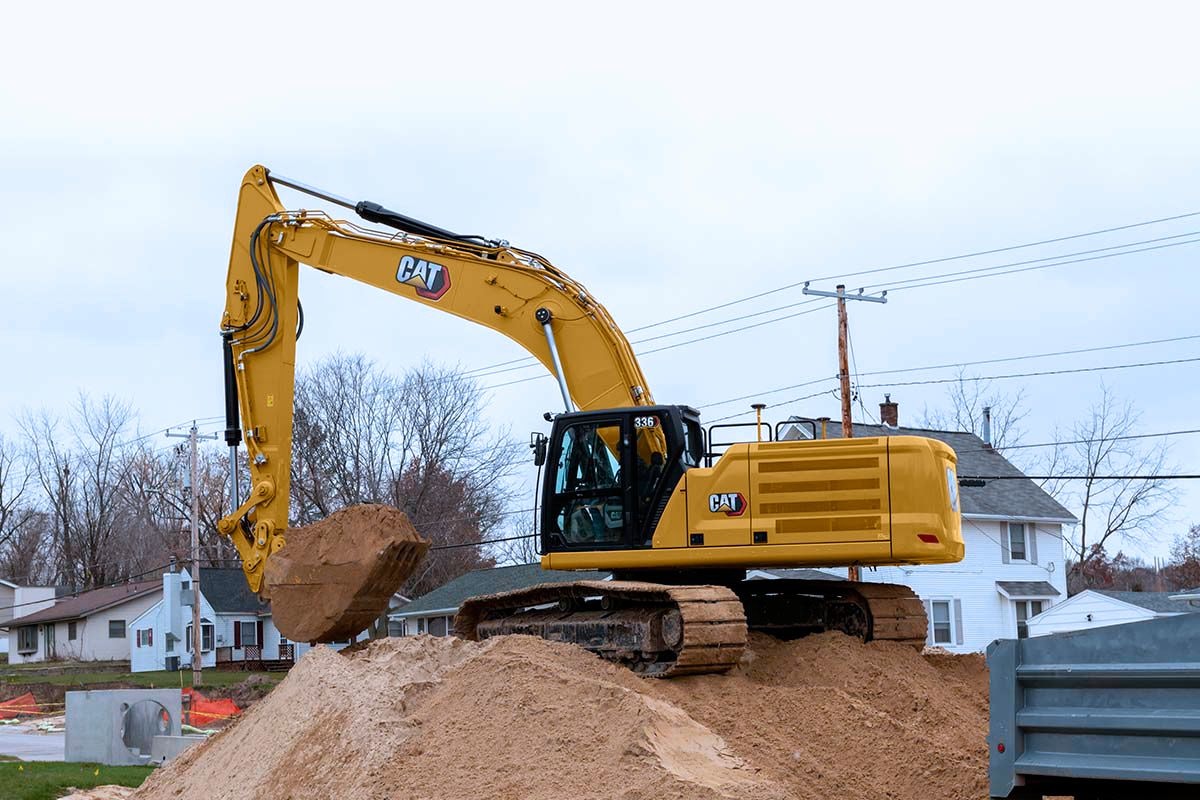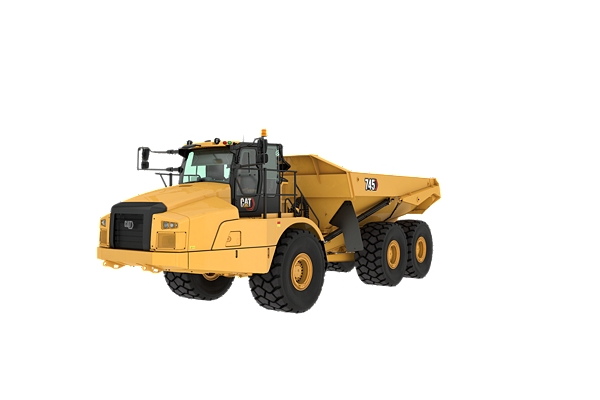Boom Lift Rental: Get To New Levels Securely
Boom Lift Rental: Get To New Levels Securely
Blog Article
Renting Vs. Buying Building Tools: Making the Right Option for Your Job
When starting a construction task, among the important choices that project stakeholders and managers face is whether to purchase or rent construction equipment. Both options have their advantages and downsides, making the option an essential one in the job planning procedure. The decision depends upon numerous elements such as price considerations, task duration, equipment upkeep, flexibility, danger, and scalability management. Each element plays a vital duty in figuring out the most ideal course for the project's tools requirements. rental company near me. Allow's discover these elements additionally to understand exactly how they impact the decision-making process and ultimately the success of the task.
Cost Factors To Consider
Renting out tools often calls for lower initial repayments contrasted to buying, making it an appealing option for temporary tasks or professionals with budget restrictions. In the lengthy run, constantly renting out equipment can accumulate higher prices than buying, particularly for extended jobs.
On the various other hand, purchasing construction tools entails higher upfront costs yet can lead to long-term financial savings, especially for frequent customers or long-lasting projects. Possessing devices supplies flexibility, comfort, and the capacity for resale value once the job is completed. In addition, owning equipment enables personalization and experience with specific equipment, possibly raising efficiency and efficiency on-site. Ultimately, the choice in between leasing and purchasing building and construction tools depends upon the project's duration, regularity of usage, budget plan considerations, and lasting economic objectives.
Project Duration

Alternatively, for long-term jobs or recurring building job, purchasing tools can be the extra affordable alternative. Investing in equipment can bring about set you back financial savings in the future, particularly if the devices will certainly be frequently used. In addition, possessing tools provides a feeling of control over its accessibility and permits modification to fit details project demands.

Tools Upkeep
Offered the crucial role job period plays in determining the most economical method in between renting and buying construction tools, the focus currently moves towards analyzing the crucial facet of devices upkeep. Proper maintenance is vital for making sure the optimum performance and durability of construction devices. Renting out devices often includes the benefit of having properly maintained equipment given by the rental company. This can alleviate the problem of upkeep tasks from the job owner or service provider, saving effort and time. On the other hand, possessing equipment calls go to this site for an aggressive approach to maintenance to stop break downs, make certain safety and security, and prolong the tools's life-span. Routine assessments, maintenance, and timely repair services are essential to keep owned and operated equipment in leading functioning problem. Consider upkeep costs when deciding between getting and renting, as neglecting upkeep can result in expensive fixings, downtime, and task hold-ups. Eventually, a well-kept building equipment fleet, whether leased or owned, is necessary for the successful and efficient completion of building projects.
Flexibility and Scalability
In the realm of building equipment management, the facet of flexibility and scalability holds substantial relevance for task efficiency and source use. Opting to lease building and construction equipment supplies a high level of versatility as it enables for the fast change of tools types and amounts based on the advancing needs of a job.
Additionally, scalability, one more vital element, is naturally connected to flexibility. Leasing construction devices provides the benefit of conveniently scaling procedures up or down as task needs fluctuate. Specialists can promptly trade or include tools to match the task's transforming demands without the restraints of having assets that may become underutilized or out-of-date. This capacity to range sources effectively can result in price financial savings and enhanced job timelines, making leasing a beneficial option for jobs requiring adaptability and responsive source allowance.
Threat Management
Reliable risk administration in building equipment procedures is vital to guaranteeing project success and mitigating prospective financial losses. Construction jobs inherently entail various dangers, such as tools malfunctions, accidents, and task hold-ups, which can check this site out significantly affect the project timeline and budget. By carefully considering the threats linked with owning or renting out building equipment, project managers can make educated decisions to reduce these prospective hazards.
Renting out building and construction equipment can offer a level of danger reduction by moving the obligation of repair and maintenance to the rental company. This can decrease the monetary concern on the job proprietor in situation of unanticipated equipment failures (rental company near me). In addition, leasing gives the adaptability to access customized tools for certain job phases, reducing the danger of possessing underutilized machinery
On the various other hand, possessing building tools offers a sense of control over its usage and maintenance. However, this additionally suggests bearing the complete duty for repairs, upkeep prices, and devaluation, enhancing the economic threats related to devices possession. Cautious risk analysis and consideration of variables such as job period, tools utilization, and maintenance requirements are essential in establishing the most appropriate alternative for their explanation reliable risk administration in building and construction projects.
Conclusion
To conclude, when determining between buying and leasing building and construction tools, it is essential to think about expense, task duration, equipment maintenance, risk, versatility, and scalability monitoring. Each variable plays a crucial duty in identifying one of the most suitable alternative for the task handy. By thoroughly examining these elements, project supervisors can make an enlightened decision that lines up with their budget plan, timeline, and overall job objectives.

Report this page